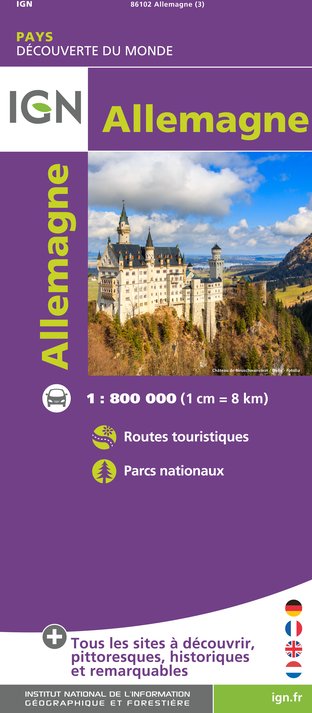Alert
Alerts
UNESCO Global Geopark Famenne-Ardenne : Geotrail of Durbuy




IGN cards
Description
"The Durbuy meander cutoff ":
Durbuy owes its existence to its remarkable geological setting. The town first came into existence as a military stronghold, located on a tight loop of the River Ourthe, encircling a limestone outcrop. This strategic position combined two advantages: the outcrop provided a solid vantage point on which to build the fortress, and the meander offered a natural defence against attackers. A thousand years on, it is by no means easy to imagine how the landscape would have looked at the time of this human conquest. In addition to all the building that has taken place in the intervening centuries, the course of the River Ourthe itself has also shifted. This suggested trail gives you some idea of what that initial landscape would have looked like, including an unobstructed view of the Ourthe, the line of its long-vanished branch, and a chance to observe both the large and the small Durbuy anticline. The nameof Durbuy is thought to derive from the Celtic duro-bodion, “ the dwelling place near the fortress”. As an added bonus, the trail also takes you through the old town with its well-preserved ancient houses and cobbled streets.
Technical Information
Altimetric profile
Starting point
Points of interest
Data author















